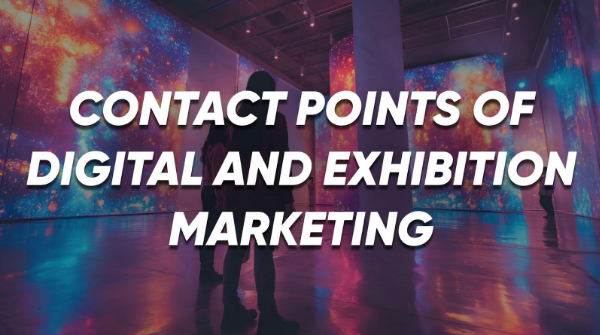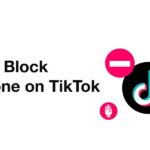Marketing communications are the basis of both tools. Exhibition marketing is not only an element of direct marketing. Like digital, it includes all types of marketing communications.
It is important to consider that exhibition marketing can be aimed not only at selling goods and services to legal entities, but also to individuals. At the same time, digital marketing strengthens its positions in the B2B segment.
It is a mistake to believe that participation in exhibitions always requires large investments that only economic giants can afford
Exhibition marketing, along with digital, is available to many market players regardless of the scale of the business. Today, there are many budget exhibitions.
Common goals
Exhibition and digital marketing have common goals: increasing market share, increasing sales, increasing recognition, entering international markets. These two concepts can also be united by the implementation of common tasks: building relationships with potential clients, collecting data from potential clients, renewing relationships with existing customers, return on investment in these tools, conducting marketing research to improve products/services, and making changes to their promotion strategy.
General principles of attracting clients
Price discrimination principles, bonuses for new clients, and trial versions of products are used to attract new clients/consumers in both digital and exhibition marketing.
General criteria for effectiveness
Moreover, exhibition and digital marketing have the same qualitative and quantitative criteria for their effectiveness. Both methods of attracting clients are assessed by two important financial metrics: ROMI (return on marketing investment) and LTV (lifetime value of a client acquired as part of an event) in the short and long term.
It is especially important to note that exhibition and digital marketing can be complementary methods of promoting a product. Thus, many companies announce their participation in exhibitions using digital marketing tools and, upon completion, use online tools to inform customers and government officials about the effectiveness of the event.
Integration of tools as a guarantee of maximizing profits and achieving company goals
It is necessary to take into account that the demand for digital marketing in the exhibition business mainly depends on the subject of the exhibition. For example, if it is a medical or high-tech exhibition, where demonstrating a product or technology may cause difficulties, the use of tablets and 3D presentations will help to better and more efficiently convey the meaning of this product to interested parties.
In some cases, there is a unique trend that is gaining momentum, especially in the post-Covid era of digital development – a combination of exhibition and digital marketing – virtual exhibitions that allow companies to save budget on event costs, reach a larger share of potential customers from all over the world, maximize profits – in a word, achieve the unified marketing goals of companies.
Remember that you can always turn to a top content agency from the UAE for help.
In conclusion, it can be said that the integration of digital and exhibition marketing opens up new horizons for companies seeking to achieve their marketing goals as effectively as possible. Both areas, having common goals, customer attraction principles and performance criteria, can successfully complement each other. Modern technologies allow expanding the boundaries of traditional exhibition marketing, providing the opportunity to hold virtual exhibitions and use digital tools to enhance the effect of participation in events. Thus, the synergy of these methods is an important step towards increasing market share, increasing brand awareness and strengthening customer relationships.


